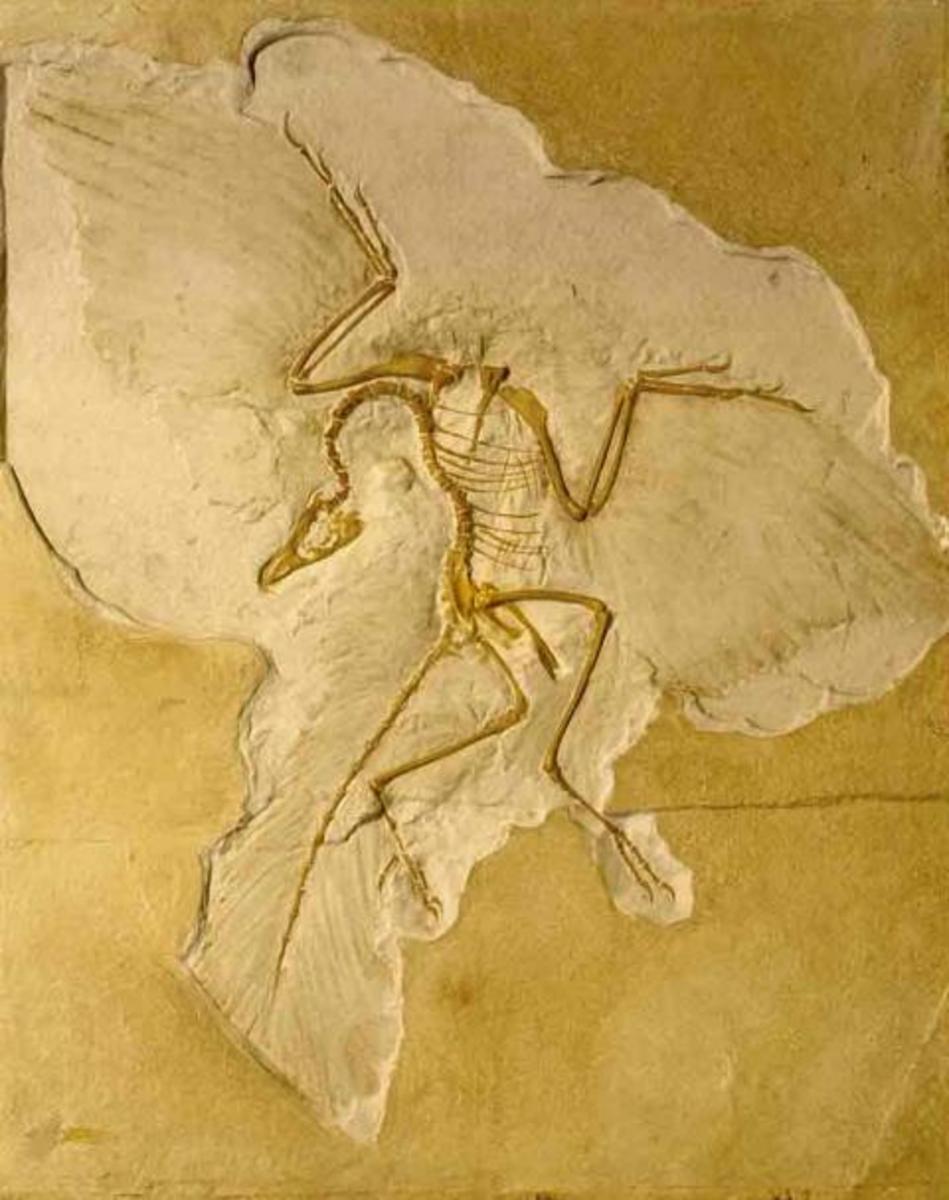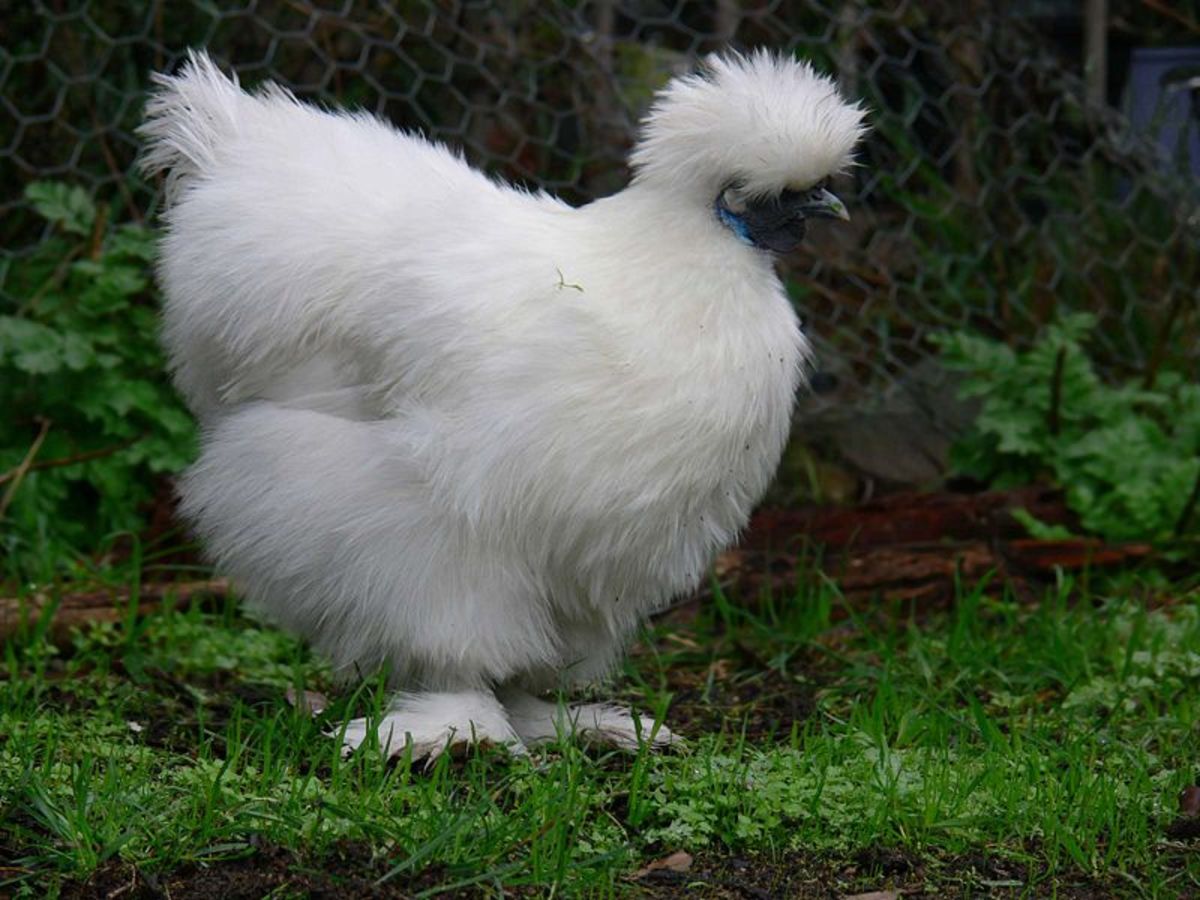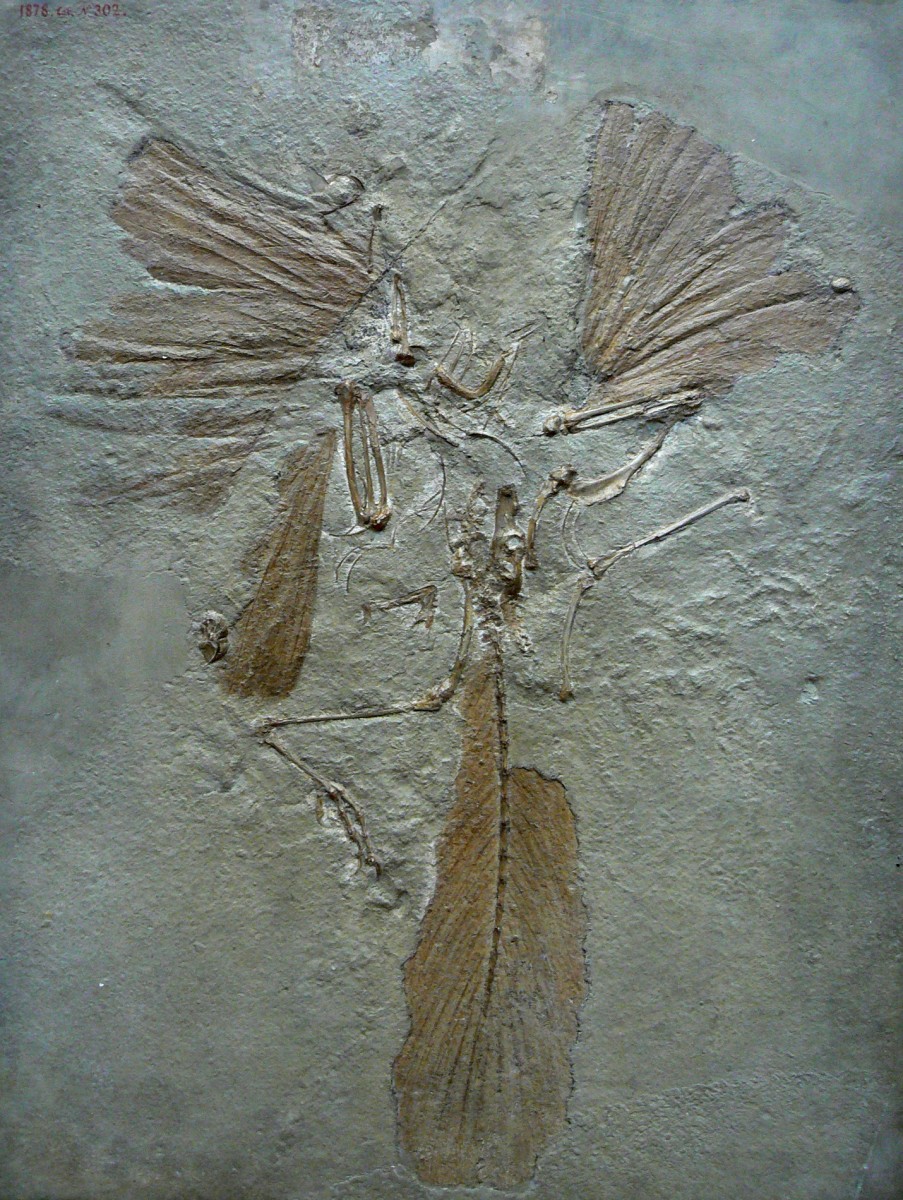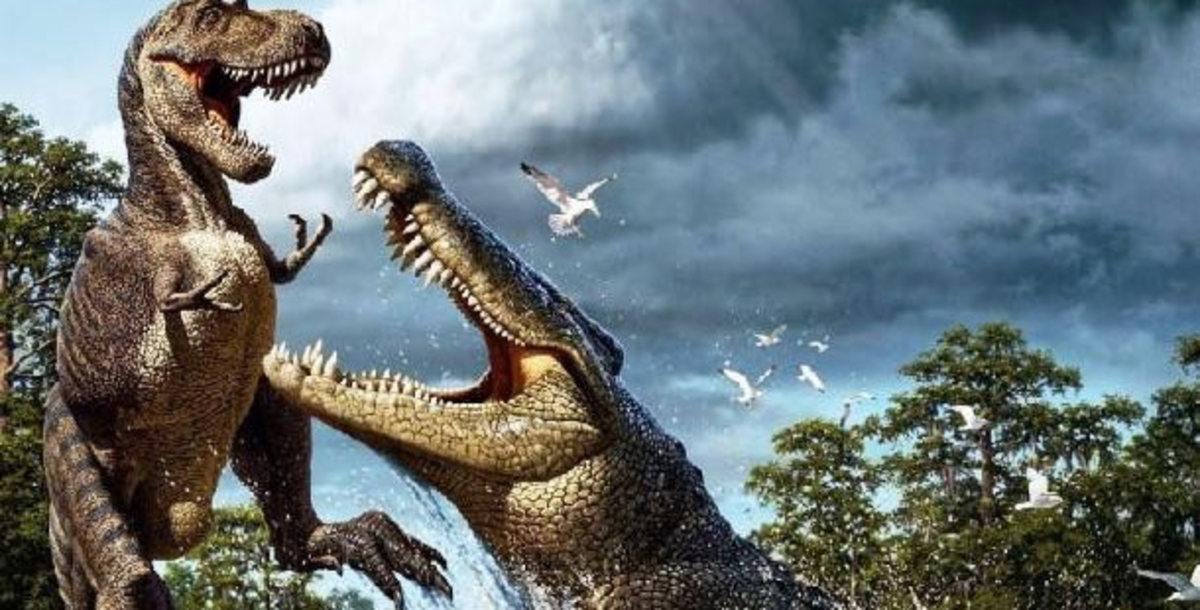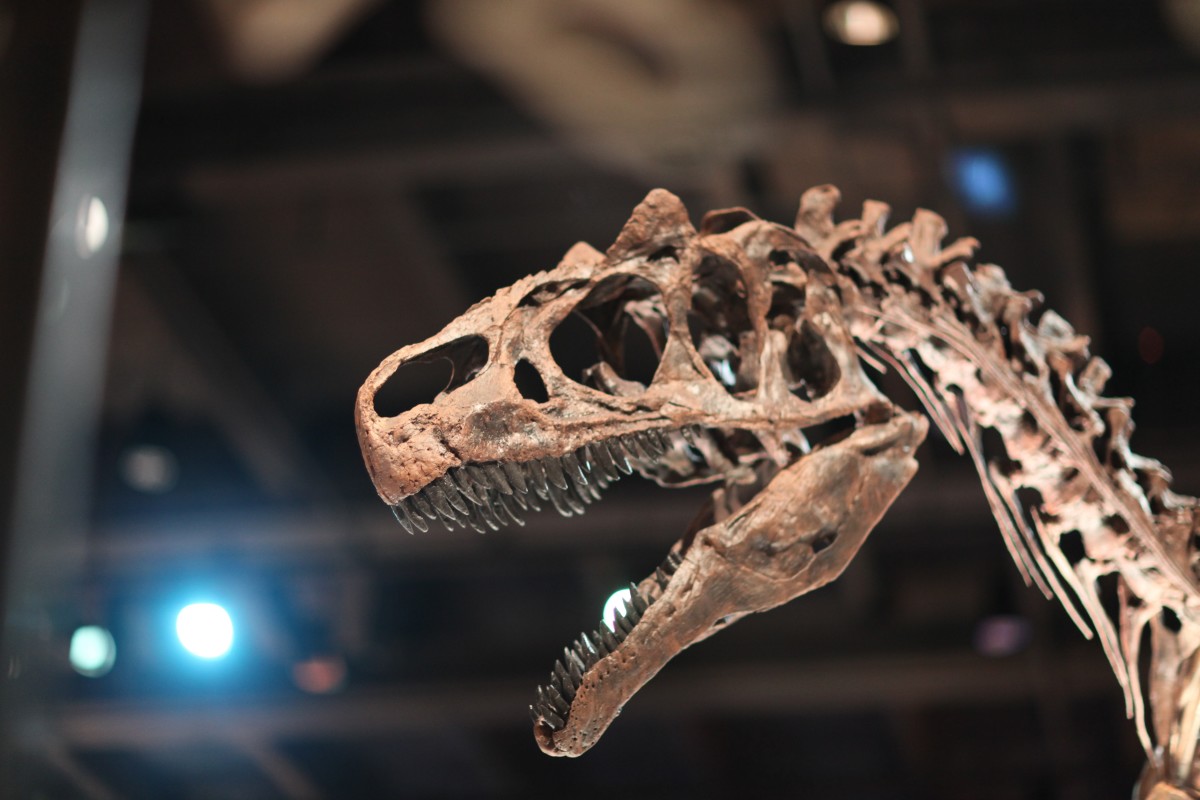- HubPages»
- Education and Science»
- Life Sciences»
- Paleontology»
- Prehistoric Life
Velociraptor: A Feathered Freak? (Did dinosaurs even have feathers?)
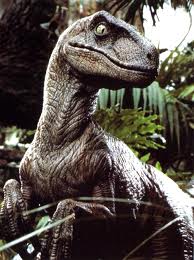
Man-Sized Monster?
From the time when it was first discovered in 1923, Velociraptor was a relatively unknown theropod dinosaur. Throughout most of the 20th century, the public seemed to only be interested in how big dinosaurs could be. For seventy years, this small dinosaur was known only to paleontologists and, maybe, to a handful of dinosaur enthusiasts.
But all that changed in 1990 with the publication of Michael Crichton’s book, Jurassic Park. Essentially, Crichton introduced Velociraptor to the world outside of paleontology journals. Jurassic Park became a major motion picture three years later, and this cunning, powerful, man-sized predator became cemented in the mind of every American. Unfortunately, even with the renowned paleontologist Jack Horner advising the film, Velociraptor wasn’t depicted accurately.
In the series of three movies, Velociraptor was shown to be a 6-foot tall, several hundred pound monster. However, we know that this isn’t even close to reality. Velociraptor wasn’t six feet tall – it was six feet long! This is a very important difference! Rather than being able to look an adult in the eye, Velociraptor barely stood taller than a man’s waist – three feet tall at the high end!
This isn’t really a surprise – it is Hollywood, after all. The Jurassic Park movies got other creatures wrong as well; including T-rex (shown to be far heavier than it would’ve been in real life), Dilophosaurus (at one-fourth the size of real life, it was shown to be much smaller), and Brachiosaurus (incorrectly shown to be chewing, something sauropods never did). No question, director Steven Spielberg used a lot of creative license with these creatures. What is surprising though, is this quote from Jack Horner himself, “When people ask me what a real dinosaur looked like, I tell them to go see Jurassic Park.” Really?
As we’ll see, size and shape isn’t the only place where Jurassic Park missed it with Velociraptor.
Amazon Results For Velociraptor
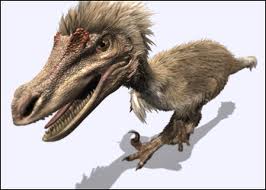
Giant Chicken Or Scaly Reptile?
Once John Ostrom’s theory of dinosaur-to-bird evolution came out in the 1970’s it quietly rattled around in paleontology circles for around twenty years. When Jurassic Park was released in 1993, this theory exploded into the mainstream. Everyone who’s ever seen this movie remembers the “6-foot turkey” scene where Dr. Grant says this line – “Maybe dinosaurs had more in common with birds than they did with modern reptiles.” Then, while a hungry Tyrannosaur is feeding on another helpless dinosaur, Grant makes the observation, “I’ll bet you’ll never look at birds the same way again.” And who can forget the closing scene showing the surviving characters watching a flock of birds fly into the sunset – as if that was somehow connected to the nightmare they just came out of.
Anyway, Jurassic Park was instrumental in bringing the theory of dino-bird evolution to the public. Now that it’s been introduced, it’s only gotten more entrenched into the mainstream mindset.
It was discussed in Walking With Dinosaurs
Dinosaur Planet depicted Velociraptor almost as a large, flightless bird – covered in white feathers
Prehistoric Park told their audiences that the undisputed bird, Microraptor, was actually a flying relative of Velociraptor.
Over and over again, we’re bombarded with the idea of feathered dinosaurs evolving into modern birds. The problem is…the only evidence to support this theory is extremely shaky!
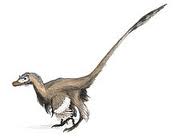
The Truth About Feathered Dinosaurs
We’ve been told that fossilized dinosaurs have been found with feathers, but this isn’t exactly true. True, there have been many fossils found with feathers – bird fossils! Creatures like Archaopteryx, Caudipteryx, and Microraptor have been found with clearly fossilized feathers. These creatures were nothing more than fossilized birds.
Other “feathered dinosaurs” that have been found were clearly dinosaurs. Ironically, every one of these creatures that are obviously dinosaurs have less-than-obvious feathers! Real theropod dinosaurs, such as Sinosauropteryx, have been found with some type of fibrous substance surrounding them. Little more than “peach fuzz” these fibers have been hailed as “proto-feathers.” But were they really the forerunner to modern bird feathers?
Actually, there is another, simpler explanation for these fossilized fibers. When some reptiles die and decay, their scales begin to fray apart into a fibrous mass – very similar to what we see in some of these “feathered” fossils. This has been clearly observed in sea snakes for example. So rather than being feathers, it’s likely that these fibers were fossilized scales that were in the process of decaying.
But the most damaging fact to the feathered Velociraptor picture is the fact that absolutely no feathers have been found on Velociraptor! After seeing so many artist portraying it with feathers, it’s surprising to see what kind of evidence they base this on! Are you ready? This quote from the New Scientist website presents the evidence that is supposed to convince you that Velociraptor had feathers –
“In the absence of Velociraptor feathers in the archaeological record, (emphasis added) Alan Turner at the American Museum of Natural History in New York, US, decided to take a closer look at Velociraptor bones for signs of quill knobs. Such knobs evolved as a place for the ligaments of feathers to attach, Turner explains. While examining the Mongolian Velociraptor fossils he found the telltale bumps on the ulna - a bone that extends along the creature's front limb. The knobs, which appear in a row spaced about 4 millimetres apart, are raised less than 1 mm above the bone surface. "These are really quite subtle features. I felt them before I saw them. They are easy to overlook," he says.
There you have it, a scientist looking for quill knobs as evidence for feathers found bumps on a Velociraptor bone that he called quill knobs. Case closed! From these bumps on the bone, Turner manufactured a theory of "secondary flightlessness" for this poor creature. According to Turner's imagination, the ancestors of Velociraptor were once able to fly but had since lost that ability. What do you know? Jurassic Park may have gotten something right! Velociraptor has truly been reduced to a flightless bird - a "six-foot turkey"!
It’s amazing to think about how many people believe that dinosaurs evolved into birds. This is especially true considering all of the major differences between the two.
Their lungs are completely different. Reptiles have simple bellows lungs while birds have a sophisticated multi-chambered, flow-through breathing system.
Their body proportions are all wrong. Flying birds have well-developed and powerful chest, arms developed into wings, and very small legs. Theropod dinosaurs are exactly the opposite. They have heavy heads, short arms and massive legs.
Their leg structures are completely different. Dinosaurs walked with their entire legs, from the hip down. In other words, you could see their entire legs outside their body. Birds, on the other hand, have legs that are fixed inside their body from the hip to the knee. Their upper legs actually provide support for the lungs. Where their legs appear to leave their body is in fact the knee joint, with their ankle joint halfway down.
Reptile scales are completely unrelated to bird feathers. It’s true that they’re both made out of keratin, but that’s where the similarities stop. Scales are simple folds in a reptile’s skin. They are grown out of, and shed from, the skin’s surface. There is no complexity and no depth – this is why a snake can shed all of its scales at once.
Feathers are far more complex. They are grown from a follicle, much like hair, from below the surface. They have structure, complexity, and a beautiful design. They are incredibly strong and lightweight – perfect for flight.
And let’s not forget, the change from cold-bloodedness to warm-bloodedness is not small change!
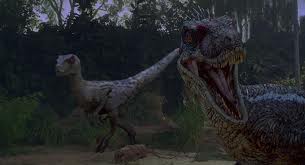
New Evidence In The Dino-Bird Theory
- Why birds are NOT descended from dinosaurs | Mail Online
Birds did not descend from dinosaurs, scientists claim after studying how our feathered friends move and breathe.
What Isn't Being Said In The Scale-to-Feather Theory
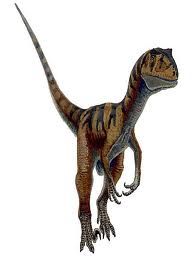
Pack-Hunting Predator Or Congregating Scavenger?
In Jurassic Park, Velociraptor was shown as an aggressive predator. It was shown to be “problem-solving intelligent” – working together in packs to terrorize the human cast.
This depiction is based on fossils of Deinonychus, a close relative of Velociraptor. In many sites in the United States, several Deinonychus have been found around a single plant-eating dinosaur named Tenontosaurus. In fact, of all the sites where Deinonychus was found, only six of them lacked Tenontosaurus remains! This was taken as evidence that Deinonychus was a pack-hunter. Scientist then took this assumption and applied it to Velociraptor.
First of all, the evidence that Deinonychus was a pack-hunter is weak, at best. Just because they were found together while feeding on a herbivore doesn’t mean they worked together to kill it! We find dozens of saber-tooth cats in the La-Brae tar pits, but we know they weren’t hunting in packs. They were simply attracted to the scent of dead animals. Who’s to say that those Deinonychus didn’t congregate around an animal that was already dead?
Secondly, to apply speculations about one animal to another is poor science. Let’s say that Deinonychus was a pack-hunter – why would that fact prove that Velociraptor was a pack-hunter too? Lions hunt in groups, tigers don’t. Finding lions in a pride doesn’t prove that tigers secretly hunt in groups too. The simple fact is, all of Velociraptor finds have been lone animals. No two Velociraptors have been found together.
The Point Is....We Don't Know!
So what’s the point being made here? Simply this, we don’t know much about Velociraptor beyond its size and shape. To go beyond the fossils that have been found and try to present theories as facts is just bad science.
Maybe Velociraptor hunted in packs, but there is simply no evidence for it.
Maybe it did have feathers, but there needs to be far more proof than what has been presented.
Maybe it was pink-spotted and spoke French! But don’t present that as a fact until you have evidence to back it up!


